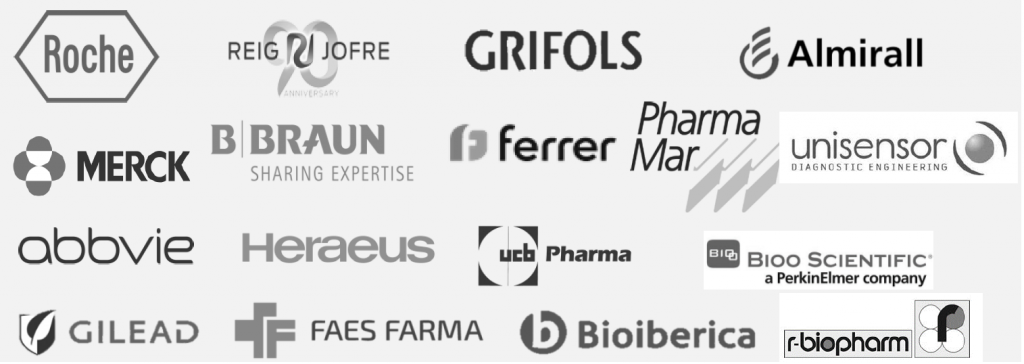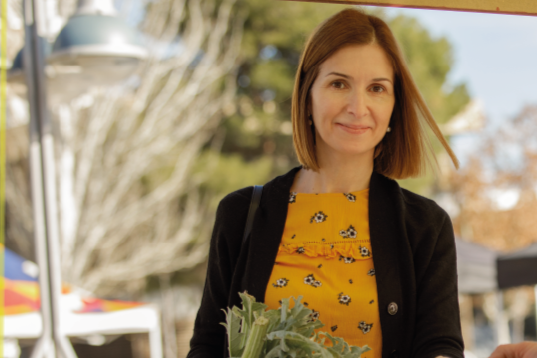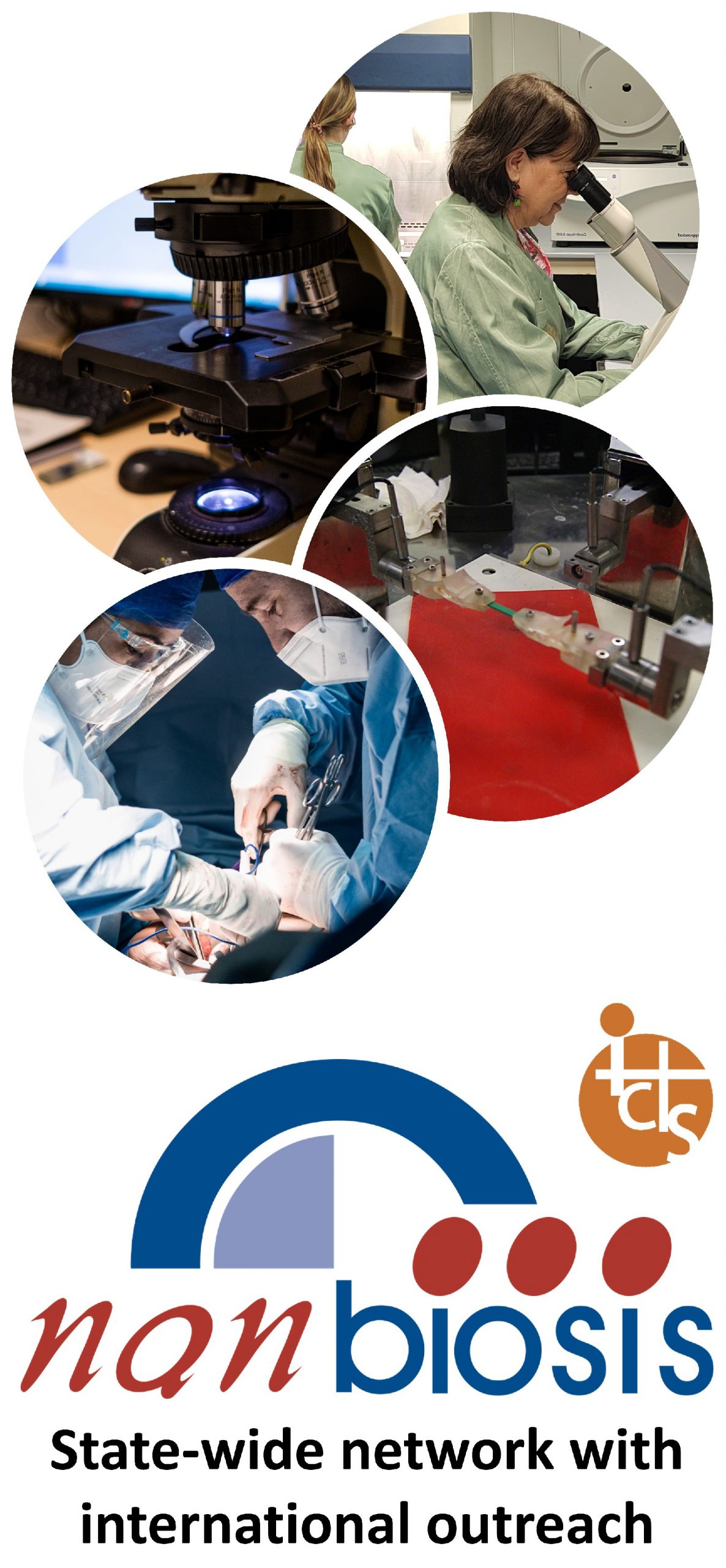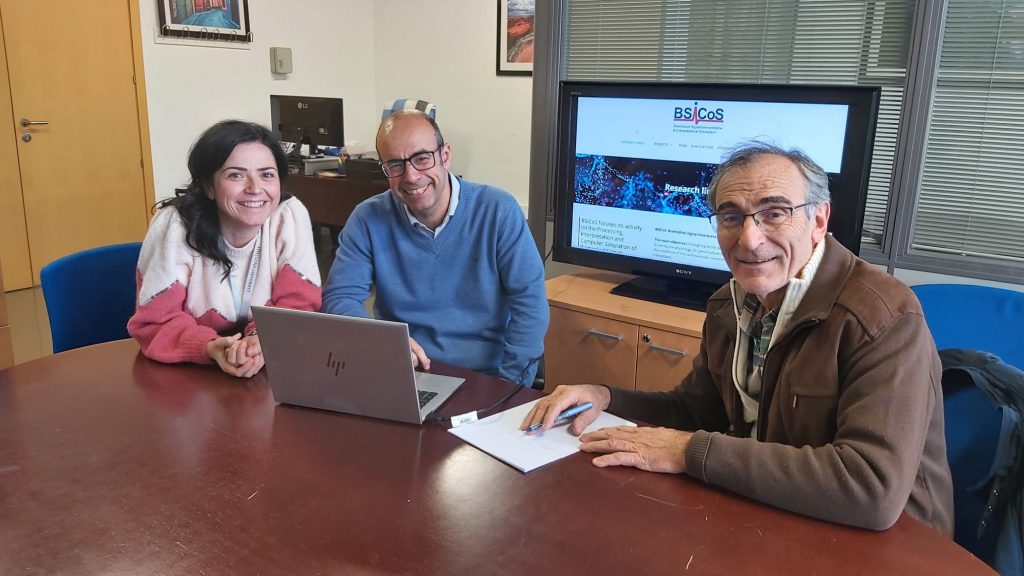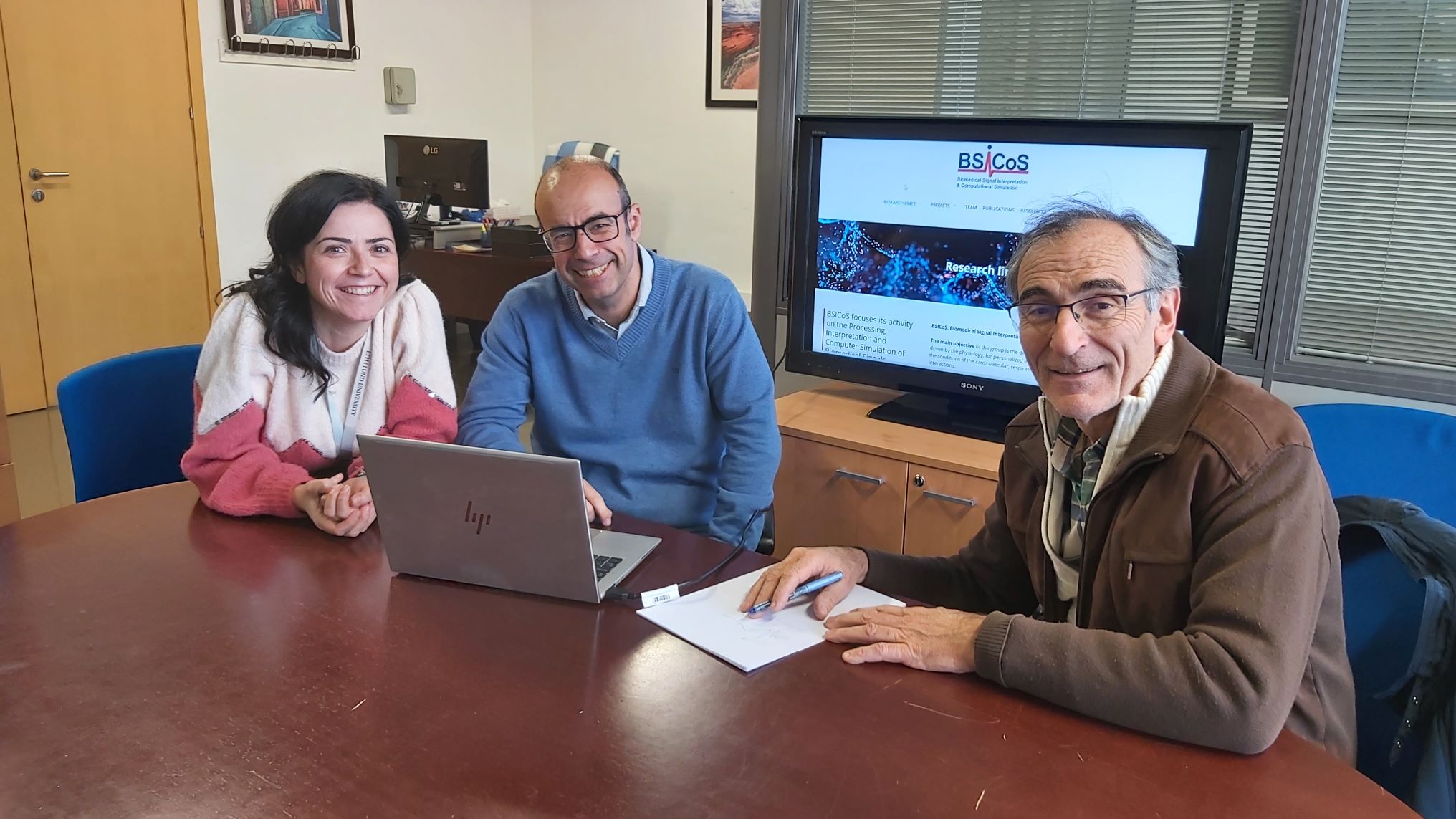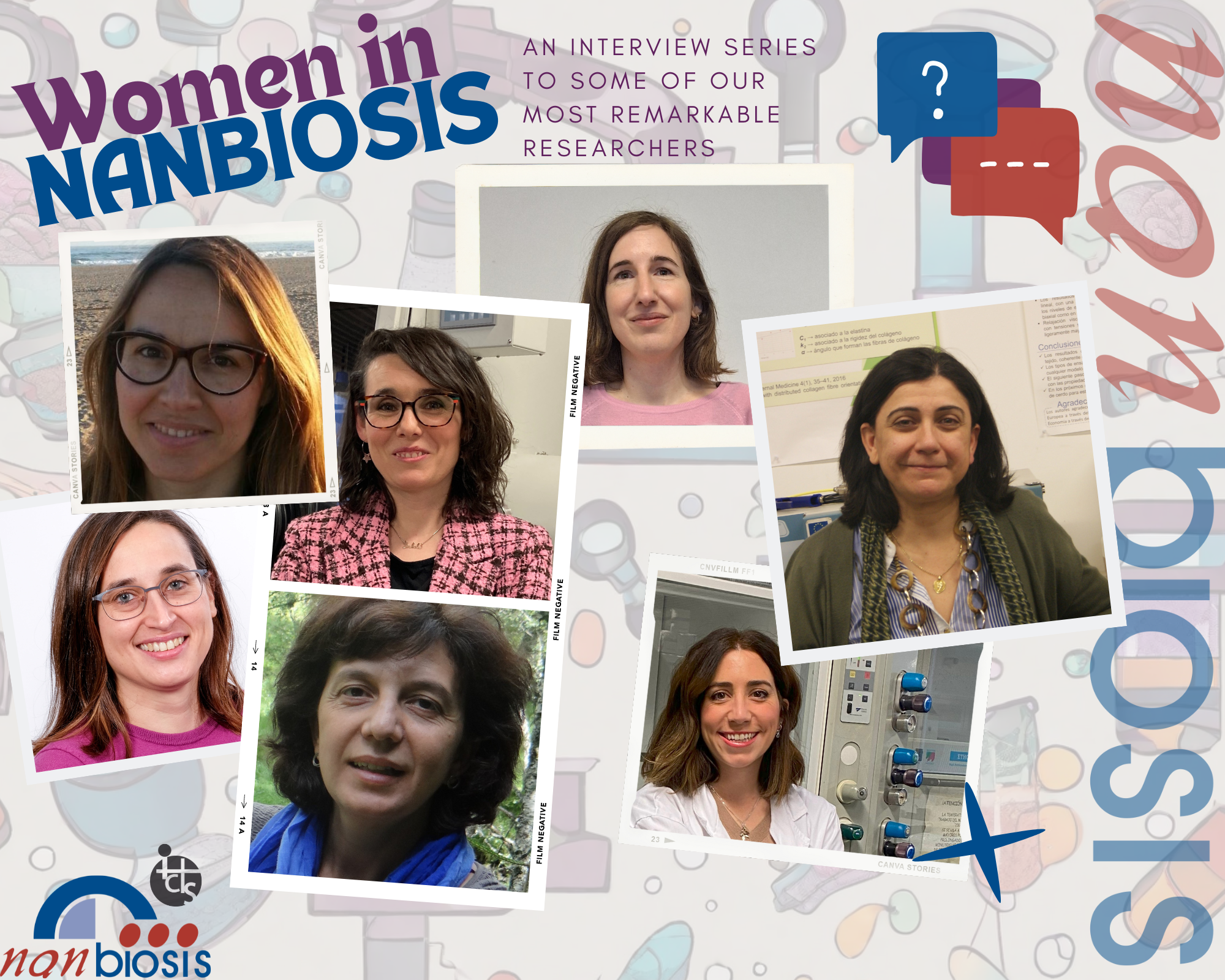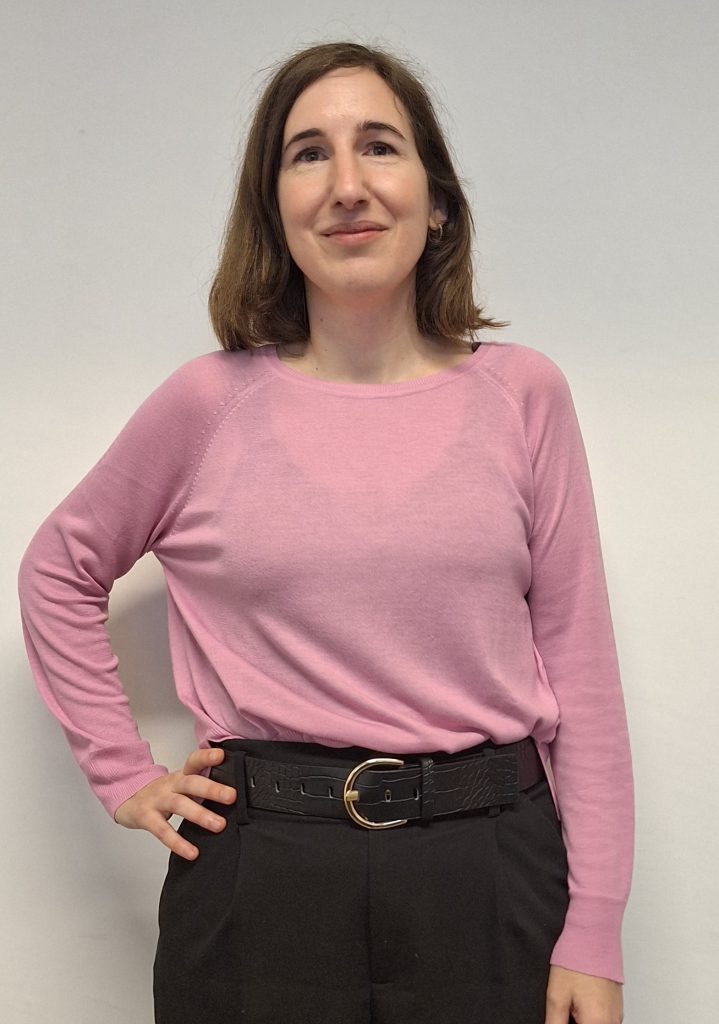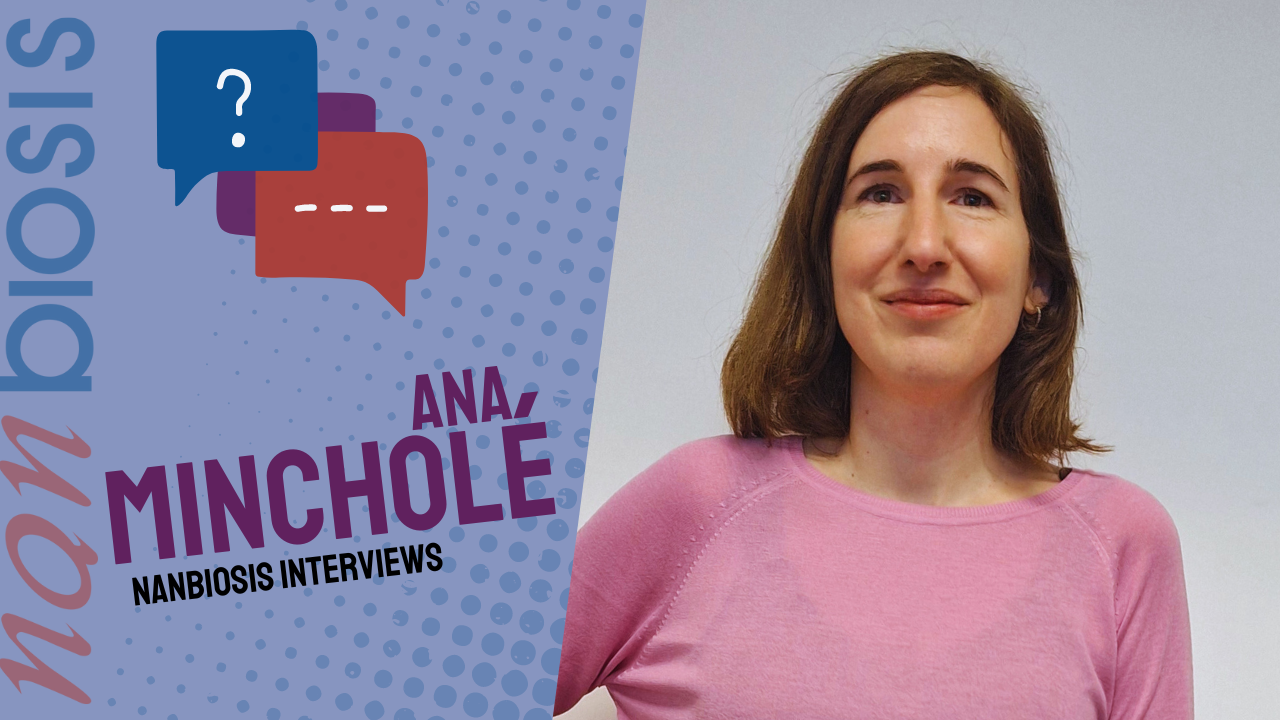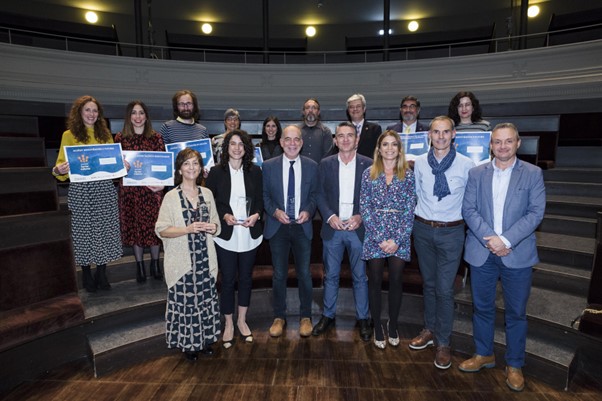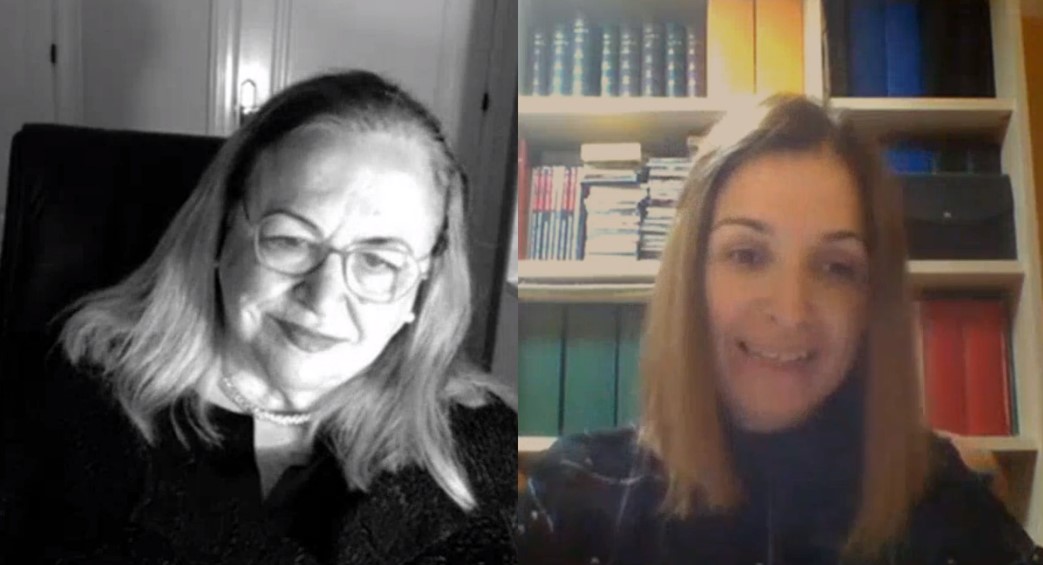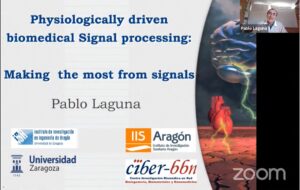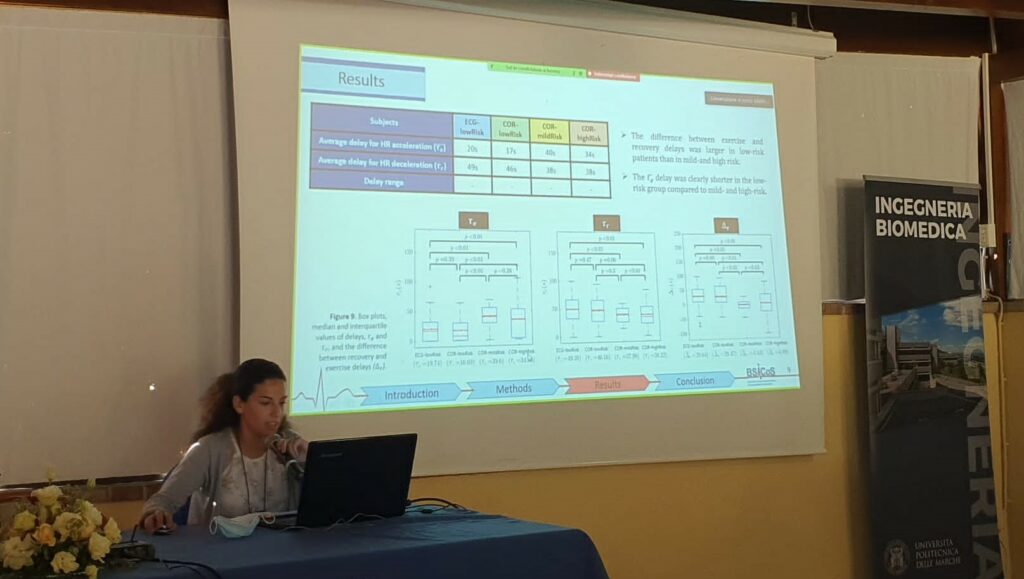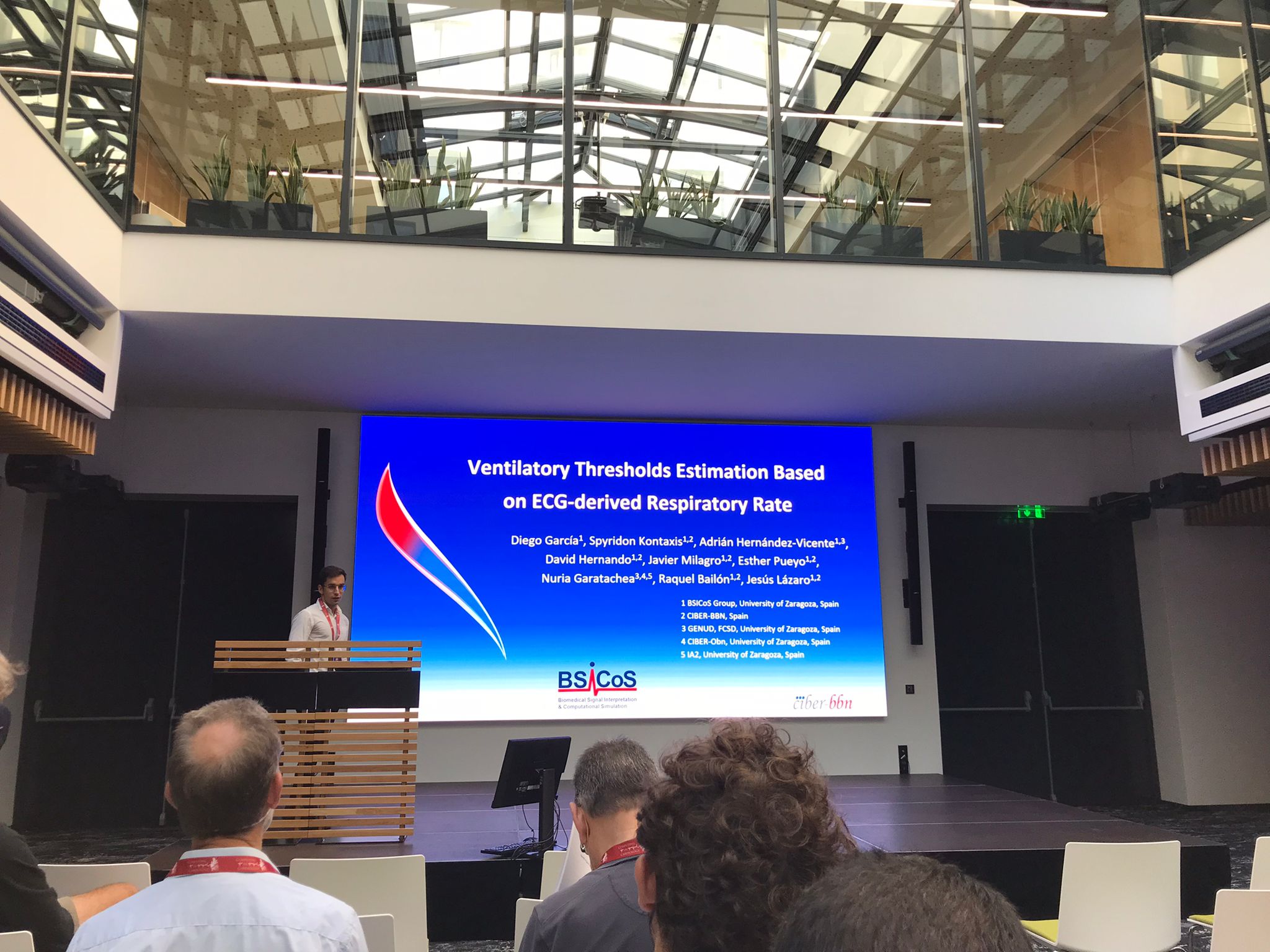Interview with Esther Pueyo: Studying the Heart with latest Bioengineering
Interview with Esther Pueyo Paules on her research in cardiac signal processing, computational modeling, and the challenges of balancing science and life.
Zaragoza, febrero 2025. As part of our commitment to showcasing outstanding research within the NANBIOSIS network, we are pleased to present an interview with Esther Pueyo Paules, a biomedical engineer specializing in signal processing and computational simulation. She is a researcher at the “Biomedical Signal Interpretation and Computational Simulation” group within the Instituto Universitario de Investigación en Ingeniería de Aragón (I3A, UNIZAR), where NANBIOSIS Unit 27 is integrated.
“Scientific research is fascinating”
Esther Pueyo
A Passion for Scientific Research
“Scientific research is fascinating,” says Esther. “It requires sacrifices, but achieving small advances that contribute to better knowledge is highly rewarding. In my case, I strive to better understand the functioning of the heart through the processing of electrical signals, in order to propose new ways to treat diseases.”
Throughout her career, Esther has not faced obstacles due to being a woman, whether in Spain or the United Kingdom. “Science will undoubtedly improve by incorporating both men’s and women’s perspectives equally. Significant progress has been made in recent years, though balancing professional and personal life remains a challenge.”
She encourages young minds with a passion for experimentation and discovery to pursue scientific research. “You can transform the future!” she affirms.
A Journey into Research
As a child, Esther did not have a clear vocational calling and never imagined she would dedicate her career to research. At school, she enjoyed a wide range of subjects, making it difficult to choose a field of study. “I considered Physics, Medicine, Mathematics, or Engineering. In the end, I chose Mathematics, and I am very happy with my decision. Right after graduation, I had the opportunity to pursue a PhD in Biomedical Engineering, which made me realize how exciting research in this field is.”
Her professional journey has taken her to the University of Zaragoza, the University of London, and the University of Oxford, with research stays in various European and American institutions.
Innovating in Cardiovascular Research
Esther’s research focuses on processing electrical signals, primarily related to the cardiovascular system. These signals, obtained from patients, are analyzed using mathematical and engineering tools to extract crucial information not visible at first glance. This data can significantly aid in diagnosing and treating cardiovascular diseases.
She also works on developing mathematical models that describe cardiac electrical function across multiple scales, from cellular activity to the entire body. “Through computational simulations, we aim to better understand heart behavior and propose new treatments tailored to each patient’s unique characteristics.”
“Through computational simulations, we aim to better understand heart behavior and propose new treatments tailored to each patient’s unique characteristics.”
Esther Pueyo
Women in Research: Overcoming Challenges
Esther has never felt that being a woman has been an obstacle in her research career, either in Spain or the UK. “There has been remarkable progress in recent years. However, balancing professional and personal life remains an ongoing challenge. I feel fortunate to have continued my research while raising my children.”
Her journey exemplifies how dedication and scientific curiosity can lead to significant contributions to biomedical research. At NANBIOSIS, we celebrate the work of researchers like Esther Pueyo Paules, whose innovative approach continues to advance the field of cardiovascular health.
This interview was translated from Spanish. The original article can be found here.
What is NANBIOSIS?
The goal of NANBIOSIS is to provide comprehensive and integrated advanced solutions for companies and research institutions in biomedical applications. All of this is done through a single-entry point, involving the design and production of biomaterials, nanomaterials, and their nanoconjugates. This includes their characterization from physical-chemical, functional, toxicological, and biological perspectives (preclinical validation).
In order to access our Cutting-Edge Biomedical Solutions with priority access, enter our Competitive Call here.
NANBIOSIS has worked with pharmaceutical companies of all sizes in the areas of drug delivery, biomaterials and regenerative medicine. Here are a few of them:
